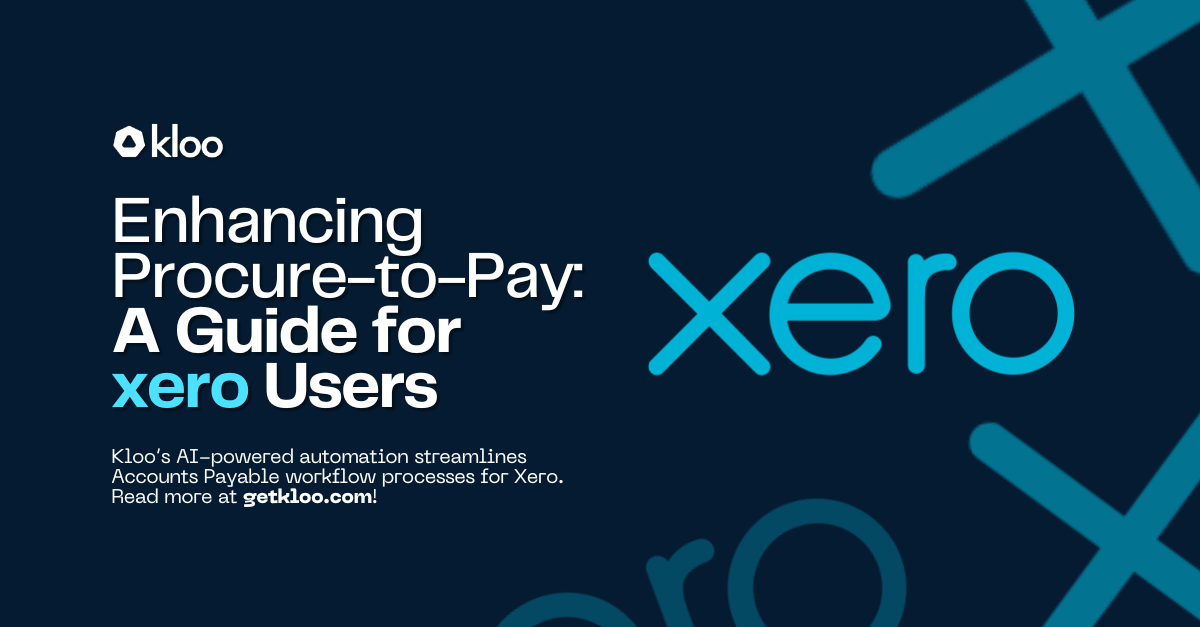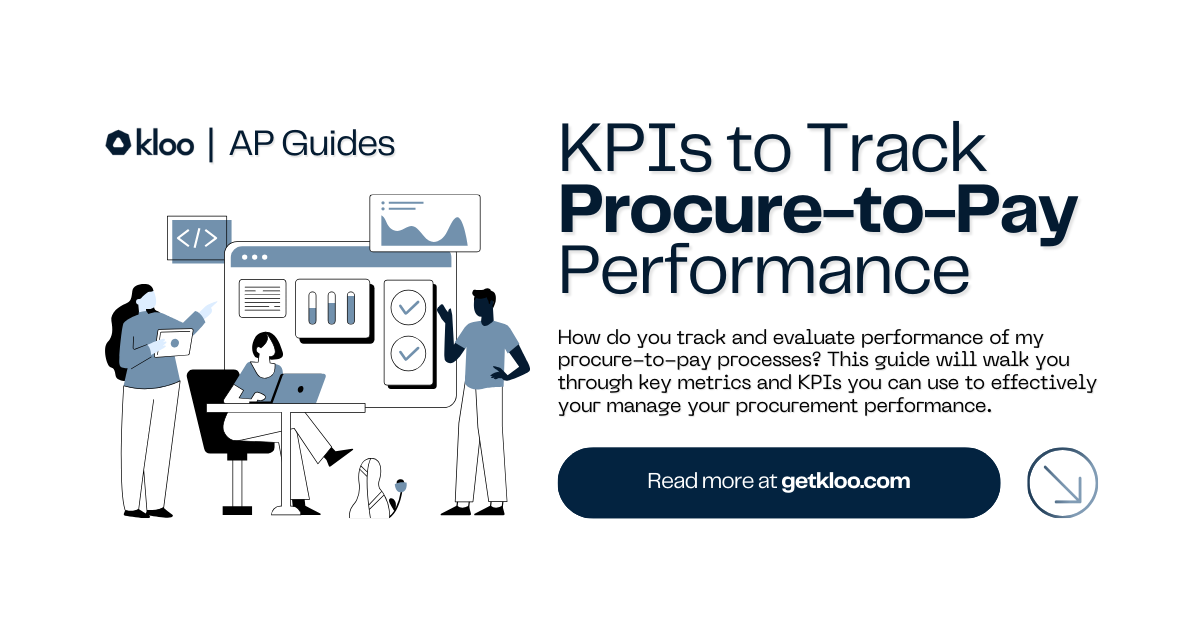
Procure-to-Pay: Your Complete Guide to Best Practice

Procure-to-Pay (P2P) systems offer a comprehensive solution that integrates procurement and accounts payable processes, ensuring seamless transactions from requisition to payment. This blog post will outline the key steps involved in the P2P process, and provides actionable strategies for achieving best practices. By enhancing visibility and control, automating workflows, and fostering supplier collaboration, businesses can optimise their P2P processes, reduce costs, and drive operational excellence. Read on to discover how implementing effective P2P practices can transform your procurement activities and contribute to your organisation’s financial success.
What is P2P and why is it important?
Procure-to-Pay (P2P) is an integrated system that connects procurement and accounts payable processes to streamline purchasing and financial transactions. This end-to-end process covers everything from requisitioning goods and services to making payments to suppliers. P2P is essential because it enhances operational efficiency, improves control over spending, and ensures compliance with procurement policies. By automating and integrating procurement and payment activities, organisations can reduce manual errors, accelerate transaction times, and gain greater visibility into their expenditures. Effective P2P systems enable better supplier management, cost savings, and more strategic decision-making.
What does the P2P process look like?
The P2P process encompasses several key steps, each critical to ensuring seamless procurement and payment activities:
- Requisition: The process begins with a purchase requisition, where employees request goods or services needed for their operations. This requisition is then reviewed and approved by relevant stakeholders.
- Purchase Order: Once the requisition is approved, a purchase order (PO) is generated and sent to the supplier. The PO details the goods or services to be procured, quantities, prices, and delivery dates.
- Goods Receipt: Upon delivery, the receiving department verifies that the goods or services match the order specifications and quantities. This step ensures that the organisation receives what was ordered.
- Invoice Processing: The supplier sends an invoice, which is matched against the PO and the goods receipt to ensure accuracy. This three-way matching process helps prevent discrepancies and fraudulent activities.
- Approval and Payment: After verification, the invoice is approved for payment. The accounts payable team processes the payment according to the agreed terms, completing the transaction.
How to achieve best practice for P2P
These best practices improve the procure-to-pay process flow and realise better cost savings for your organisation. Identifying your desired outcomes of a program—whether its streamlining operations, increasing cost savings, creating scalability, or improving inventory management—helps you make decisions about your program.
To achieve best practice in P2P, organisations should focus on several key strategies:
- Automation: Implementing automated P2P solutions can significantly reduce manual tasks, minimise errors, and accelerate processing times. Automation ensures that each step of the P2P process is efficiently managed, from requisition to payment.
- Integration: Integrating P2P systems with other enterprise resource planning (ERP) systems enhances data accuracy and consistency across the organisation. Seamless integration ensures that procurement and financial data are synchronised, providing a single source of truth.
- Standardisation: Establishing standardised procedures and workflows for P2P processes helps maintain consistency and compliance. Standardisation reduces variability, ensures that all transactions follow best practices, and simplifies training for new employees.
- Supplier Collaboration: Building strong relationships with suppliers is crucial for effective P2P. Engaging suppliers in the process through supplier portals and regular communication can improve collaboration, enhance delivery performance, and lead to better terms and conditions.
- Data Analytics: Leveraging data analytics to monitor and analyse P2P performance can identify areas for improvement and drive strategic decisions. Tracking key metrics such as cycle times, compliance rates, and cost savings provides insights into the efficiency and effectiveness of the P2P process.
- Continuous Improvement: Regularly reviewing and refining P2P processes ensures that they remain aligned with organisational goals and industry best practices. Continuous improvement initiatives help address emerging challenges, adapt to changing business needs, and drive ongoing efficiency gains.
- Increasing Visibility and Control: Enhancing visibility and control over the purchasing process and spend is vital for effective P2P management. Implementing advanced tracking and reporting tools can eliminate opportunities for uncontrolled or maverick spending provide real-time insights into procurement activities, allowing for better oversight and decision-making. Visibility into spending patterns helps identify inefficiencies, prevent maverick spend, and ensure compliance with budgets and policies. Control mechanisms, such as approval workflows and spend limits, further ensure that all purchases are authorised and in line with strategic objectives. Improved visibility and control facilitate proactive management of the procurement process, leading to better financial outcomes and operational efficiency.
How AI automation enables P2P efficiency
Maintaining an effective procure-to-pay cycle with a manual process becomes more complex as the business grows. By implementing technology, you can automate repetitive tasks and reduce the errors associated with processing purchases and tracking deliveries on a spreadsheet.
Using P2P software, businesses can automate much of the process, including:
- Purchase requisition and purchase order creation
- Purchase approvals
- Vendor sourcing and e-procurement
- Delivery tracking and reconciliation
- Three-way matching
- Invoice coding, processing, and approval
- Supplier lifecycle management
Using software to drive the procure-to-pay process also gives your business access to powerful analytics and robust reporting tools that improve the procurement function, save money, and increase efficiency.
Kloo's AI automation suite of capabilities transforms the procure-to-pay cycle, by empowering businesses to implement total spend management, achieve operational efficiency, and get complete control and visibility over their payables and bottom line.
Let's get started

